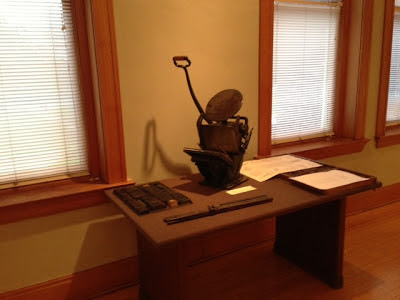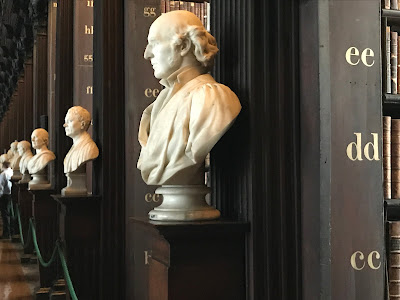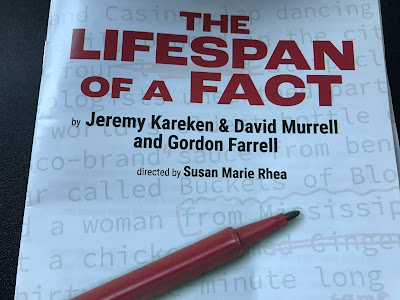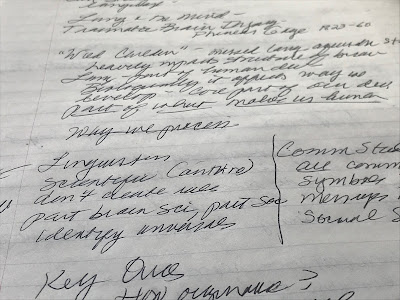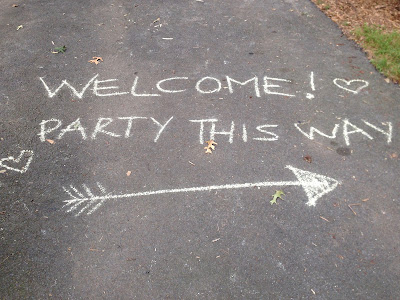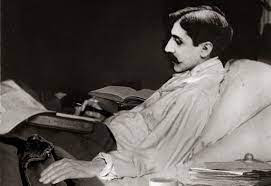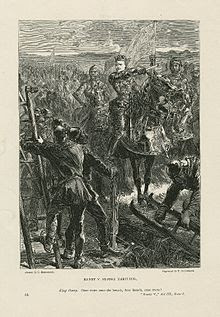Words and Flowers
Today, inspiration in my inbox. Sunday’s “Marginalian,” which I didn’t have time to read yesterday, reminds me (in the voice of diarist, novelist and poet May Sarton) to choose joy over will.
Though the context in which she makes this point is through her love of gardening, a love I only partially share (I appreciate the garden a lot more than the gardening) Sarton’s point is well-taken.
“Gardening is like poetry in that it is gratuitous, and also that it
cannot be done on will alone,” Sarton wrote. “What will can do, and the only thing it
can do, is make time in which to do it.”
This is the point I will take with me through the day, to let myself off the hook if the words don’t flow as I wish they would … that I can make the time, and that is essential, but the words come when they want to come. Just like the flowers.

